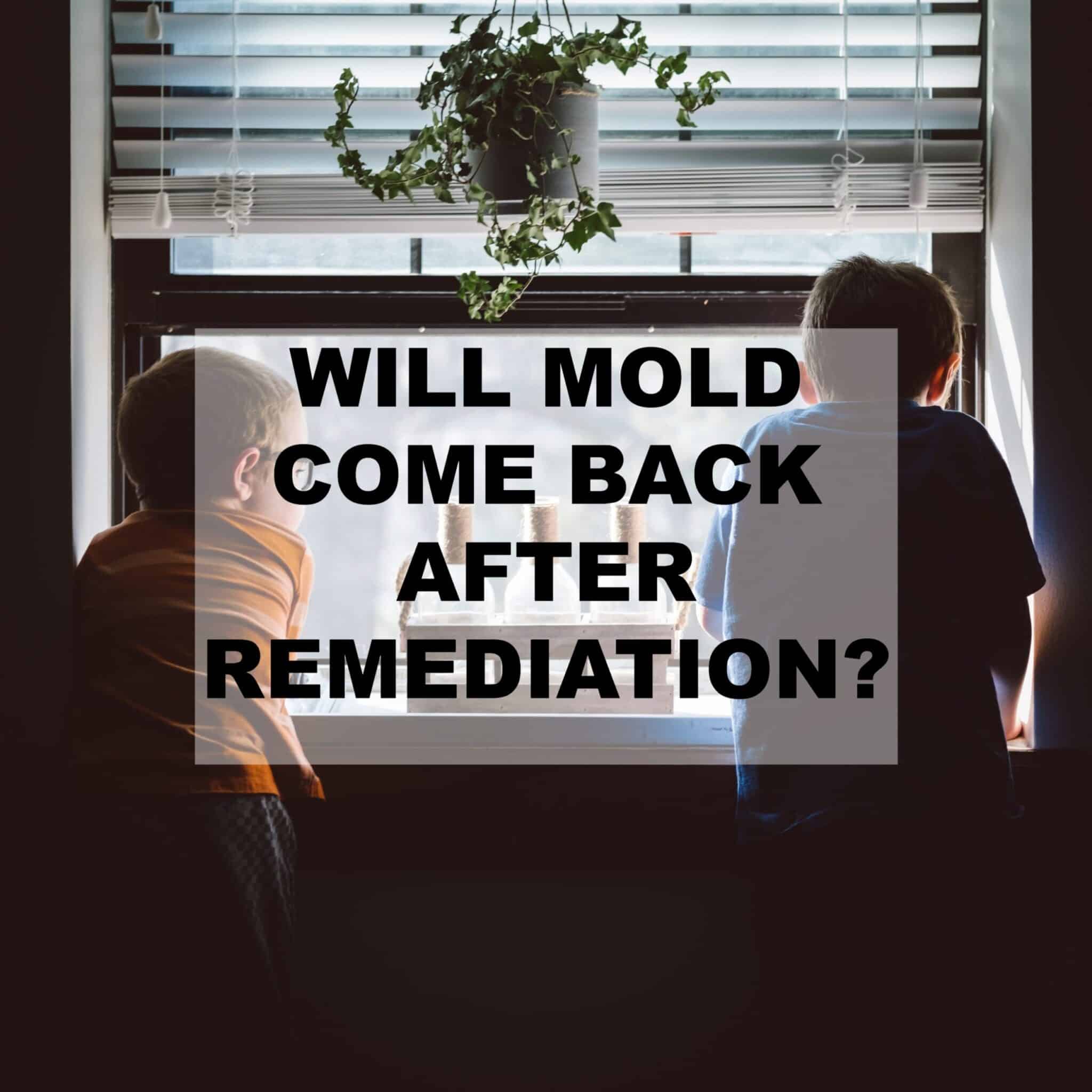
The world of mold remediation is a strange one, indeed. Mold is ubiquitous and is required for the normal process of decomposition of organic matter. However, when mold is growing in the indoor environment, it can be an indicator that something is very wrong. Mold exposure and the resulting health effects impact different people very differently; reactions can range from no systems at all to a very serious respiratory and allergenic reactions even in some cases, untreatable lung infections. So, when mold is discovered in the indoor environment, what do you do and how do you ensure it never comes back? The answer may not be as simple as it may seem but let’s give it a shot and try to unravel the mystery.
What is Mold Remediation?
Let’s first start with the discussion on the definition of mold remediation. Mold remediation should ALWAYS be about the REMOVAL of mold growth and spores and never about killing, treating or any other term that resembles those phrases. Mold growth to meet the definition of the IICRC S520 must be removed from an abated structure and associated spores must be reduced to levels and species similar to those found in the outdoor environment to be considered complete. Anything short of this standard is an improper and incomplete remediation effort.
Here is the problem however, there are no federal or state standards governing the mold remediation industry other than a handful of States that govern certain aspects of the industry. Put another way a contractor can come into your home or business and charge thousands of dollars to spray, fog paint over or blow fairy dust onto the active mold and not be in violation of any federal or state law in most areas of our country. What can you as a homeowner do about it if you’re the victim of such actions? Nothing at all! Buyer beware is all you can do, unfortunately.
Hire an IICRC Accredited Mold Remediator
Educate yourself on the IICRC standards of care and make sure the contractor is certified by the IICRC and accredited in all appropriate categories by the ACAC. These organizations set the standard in the industry for all remediation procedures but the industry is self-governed and there is no recourse for these improper practices. Doing your research first and then hiring a qualified indoor environmental consultant to guide the remediation project is your best defense against being taken for a ride.
So let’s assume that your mold removal/remediation contractor is doing everything the right way and that the mold condition is returned from a condition 3 (contaminated) to a condition 1 (normal fungal ecology) environment as determined by the industrial hygiene consultant.
Will the mold growth return after a period of time elapses?
The short answer is maybe; if you do not address all underlying conditions that led to the mold development (moisture and humidity) the mold will most likely return. If your mold condition was the result of anomalous water damage such as burst pipes then most likely you will not have to worry about recurring mold issues in the future. If however, the mold conditions are due to chronic humidity in a bathroom, crawlspace or venting deficiencies in the attic you will likely have a return to the same condition if corrective steps are not taken. Attic and crawlspaces are some of the most common areas of a home or business for mold growth to develop but often the cure for these moisture issues is quite simple and within reach for most homeowners.
Have a Mold Remediation Process in Place
Mold remediation projects should never be undertaken without a plan in place to remedy the moisture issue that allowed the mold to develop in the first place. Keeping a home or business clean of excess dust and debris while managing moisture is a surefire way to prevent a recurring mold condition.
